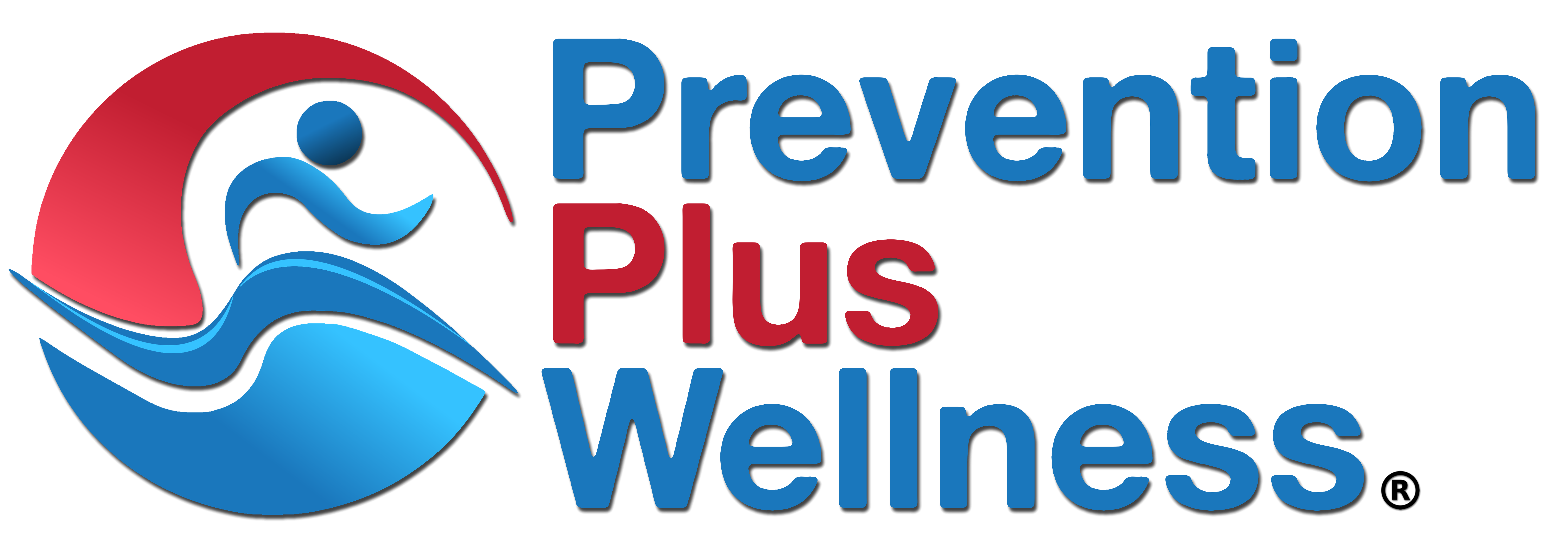Prevention specialists at ALPHA Behavioral Health Center in Camden, SC continue implementing the Vaping Prevention Plus Wellness (PPW) program.
This time, to 116 6th grade students in local middle school social studies classes this spring (2022) (59% male, 69% 12 years old).
Pretest to posttest survey results showed there was an increase in intentions to engage in daily healthy behaviors in the future, including:
- Eating fruits and vegetables (14%),
- Eating a healthy breakfast (6%), and
- Setting goals to improve health or fitness (10%).
There were also fewer intentions to try an e-cigarette (6%) and use any opioids for non-medical reasons (11%) in the future.
There was an increase in perceived harmfulness of using any of the following for damaging their health or healthy behaviors:
- Alcohol (7%),
- Cigarettes (5%),
- E-cigarettes (10%), and
- Non-medical opioids (7%).
At posttest, most youth said they were “likely” or “very likely” to engage in the following health-promoting behaviors most days in the next year:
- 85% physical activity,
- 55% 8 or more hours sleep,
- 72% eat fruits and vegetables,
- 66% eat a healthy breakfast, and
- 78% set goals to improve their health or fitness.
At posttest, most youth said they were “unlikely” or “very unlikely” to try any of the of the following substances in the next year:
- 93% alcohol,
- 93% cigarettes,
- 93% marijuana,
- 88% e-cigarettes, and
- 93% non-medical opioids.
At posttest, most youth stated the following substances would harm their health or healthy habits “a moderate amount” to “a great deal”:
- Alcohol (88%),
- Cigarettes (90%),
- Marijuana (90%),
- E-Cigarettes (90%), and
- Non-Medical opioids (90%).
At posttest, most youth also said that “a few” to “none” of people their age currently used the following substances:
- Alcohol (83%),
- Cigarettes (82%),
- Marijuana (85%),
- E-Cigarettes (61%), and
- Non-Medical opioids (86%).
Participating adolescent’s commented on what they liked best about the Vaping PPW program, including:
- It helped me realize how harmful vaping is.
- It taught me to tell others not to vape and never to vape.
- Teaching me to get more sleep.
- Setting more goals.
- That breakfast affects your mood.
- It affected my behavior because now I will encourage myself to go to bed earlier and do more sports.
- I liked that it encouraged me to set goals for myself.
- Never do drugs.
- It motivates you to set goals.
- Like playing sports, eating fruit and getting 8 hours of sleep.
- That they recognize that we should talk about addiction in schools.
- Learning how to live a healthy life and keep away from vaping.
- This lesson gave me motivation to not do what others do and to not follow the wrong people.
In conclusion, the Vaping Prevention Plus Wellness program continues to improve a range of protective and risk factors not only for e-cigarette use, but multiple health behaviors.
We can’t thank the good folks at the ALPHA Behavioral Health Center enough for their outstanding efforts at improving the mental and physical health of adolescents in their region.

